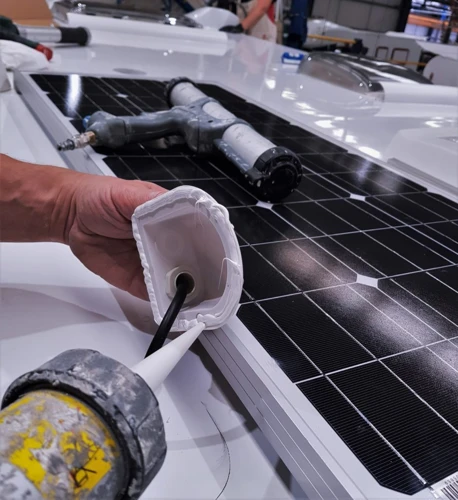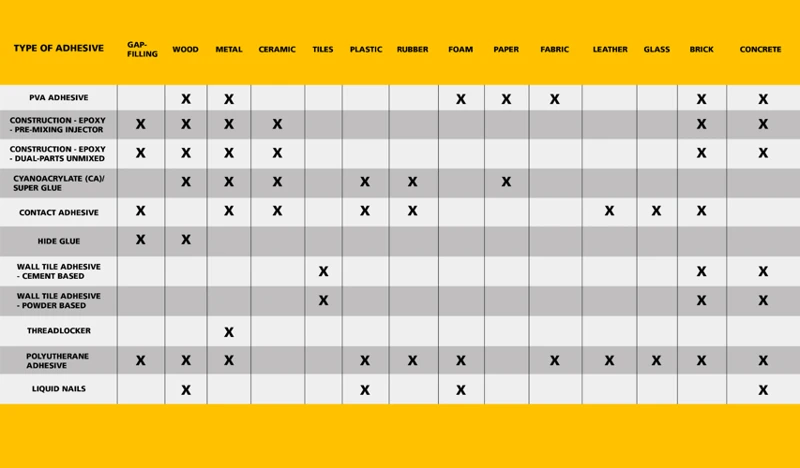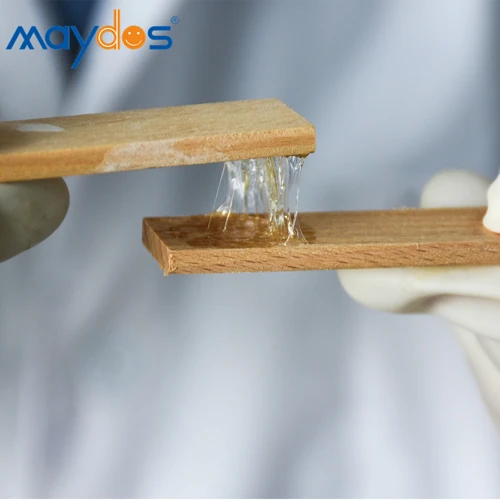Defining ABS Plastic
Acrylonitrile Butadiene Styrene, commonly known as ABS, is a thermoplastic polymer that combines strength, rigidity, and toughness. It is a popular material in various industries due to its excellent mechanical properties and ease of fabrication. Understanding how to glue ABS plastic begins with recognizing its unique characteristics.
Common Uses of ABS Plastic
From consumer electronics to automotive components, ABS plastic is everywhere. It forms the housing of power tools, computer keyboards, and LEGO bricks, showcasing its versatility. Its ability to be injection molded into complex shapes makes it a preferred choice for manufacturers.
Key Properties of ABS for Repair and Bonding
ABS’s surface texture and chemical makeup influence its adhesion qualities, making it essential to choose the right adhesive for effective repairs. Its high impact resistance and ability to withstand varying temperatures also play a significant role in how it should be bonded.
ABS Adhesive Guide: Selecting the Best Glue for ABS Plastic
Criteria for Choosing Strong ABS Glue
When looking for the best glue for ABS, consider factors like bonding strength, drying time, and chemical compatibility. A strong ABS glue should create a bond that can resist impacts and hold up under the intended use conditions of the repaired item.
Comparing ABS Plastic Joining Techniques
Bonding ABS plastic can be achieved through various methods such as mechanical fastening, ultrasonic welding, and adhesive bonding. Each technique has its own set of advantages and limitations, depending on the application and desired strength of the bond.
Top Recommended Adhesives for ABS Plastic
Selecting an ABS adhesive guide can be daunting, but there are a few industry favorites. Cyanoacrylates, epoxies, and solvent-based glues are often recommended for their strong bonding capabilities with ABS materials.
Step-by-Step DIY ABS Plastic Repair
Cleaning and Surface Preparation
- Remove dirt and grease with a mild detergent.
- Sand the surface lightly to create a key for the adhesive.
- Wipe down with a solvent to remove any residues.
Applying the Adhesive for Optimal Bonding
Apply the adhesive evenly across the prepared surface, following the manufacturer’s instructions for best results. Careful application ensures a strong bond and a seamless repair.
Curing Time and Post-Application Tips
After applying the plastic adhesive, allow ample time for it to cure fully. Avoid moving or stressing the bonded parts during this period. Post-application measures like additional sanding or painting may enhance the appearance and durability of the repair.
Bonding ABS Plastic: Expert Plastic Adhesive Tips
Maximizing the Strength of the Bond
For bonding ABS plastic effectively, ensure a clean surface and use an adhesive specifically designed for ABS. Proper clamping during curing can also contribute to a stronger bond.
Environmental Considerations for Glue Application
Temperature and humidity can affect the bonding process. Work in a well-ventilated area and follow the adhesive’s specifications for environmental conditions to achieve optimal results.
Troubleshooting Common Issues in ABS Bonding
If a bond fails, it may be due to improper surface preparation or applying insufficient adhesive. Reassess the process to identify and correct these issues for a successful ABS repair.
Advanced Techniques: ABS Solvent Welding Explained
The Process of Solvent Welding ABS
Solvent welding involves a chemical process where the ABS material is softened and fused together. This method creates a bond that is as strong as the original plastic, making it an excellent choice for certain repairs.
When to Use Solvent Welding vs. Adhesive Bonding
Choose ABS solvent welding for a seamless repair where the appearance is critical, and adhesive bonding for repairs that require less aesthetic consideration but still need strength. The decision also depends on the size and location of the repair.
Ensuring Durable Repairs: Plastic Repair Best Practices
Longevity of Repaired ABS Plastic
The durability of a DIY ABS plastic repair depends on the quality of the adhesive used and the accuracy of the application process. Using the right strong ABS glue and adhering to best practices can significantly increase the repair’s lifespan.
Maintenance Tips for Repaired or Bonded ABS
To maintain the integrity of repaired or bonded ABS, keep the items clean, avoid exposing them to harsh chemicals or extreme temperatures, and perform regular inspections for signs of wear or separation at the repair site.
When working on DIY projects involving plastics, knowing the appropriate methods and materials to use is crucial. If you’re specifically looking to adhere ABS plastic, our comprehensive guide on how to glue ABS plastic is a great resource. For those working with other types of plastics, you may also be interested in our articles about general plastic gluing techniques at how to glue plastic, or for a more specific focus, our insights on how to glue PP plastic could be exactly what you need to ensure a successful project.
Conclusion: Achieving Professional Results with DIY ABS Plastic Repair
By carefully selecting the appropriate adhesive, preparing the surface, and following through with proper application and curing techniques, DIY enthusiasts can achieve professional results when they glue ABS plastic. Remember, a successful plastic repair is as much about the process as it is about the materials used.




